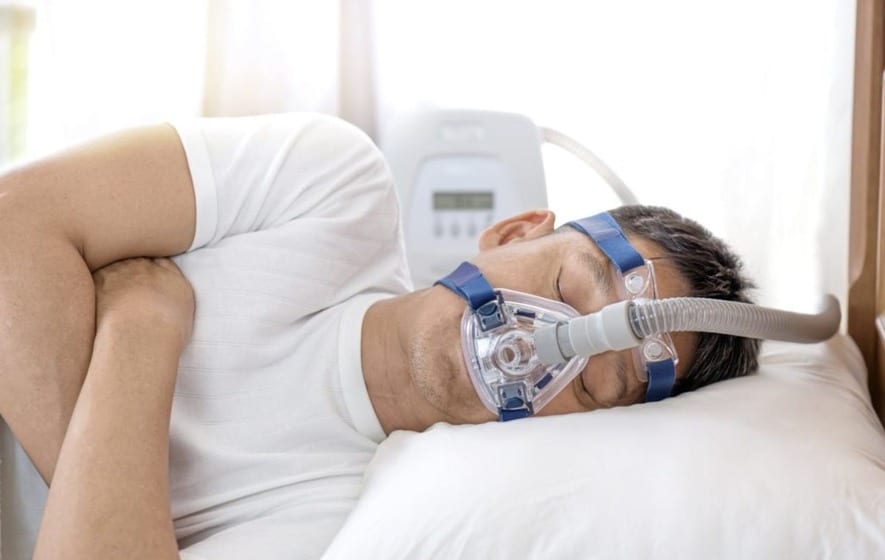
When someone wears a CPAP mask, it means sleep disorder, which is a serious condition and calls for medical attention when examined. When it comes to CPAP therapy, it is one of the best treatment methods used by sleep disorder physicians. Besides, there are other treatment options for patients plagued with sleep apnea.
According to an article published on Huffpost.com, there are many kinds of sleep apnea conditions; the commonly occurring one is obstructive sleep apnea. Here are five ways to treat sleep apnea:
- Use CPAP devices
When you use CPAP devices to treat sleep apnea, it improves your condition and makes every day better. Fatigue and drowsiness are the two common symptoms of this disorder. CPAP helps in restoring your normal sleep habit as well as improves your sleep time by getting rid of breathing pauses while you sleep. The treatment will help you wake up refreshed and rejuvenated the next day, keeping you energized for the entire day.
CPAP also helps you to keep your airway open and cuts back on excessive snoring. This way, your partner will benefit from a quiet sleep ambiance in the bedroom.
- Weight management
There are certain patient cases, where weight management helps in alleviating or eliminating the symptoms of sleep apnea, especially if they are obese or overweight. Did you know obese individuals have thick necks with additional tissue that obstructs the airway? You can opt for a weight management medical treatment if you are overweight.
Weight management helps in alleviating the symptoms of sleep apnea in some patients, not all though. Then, if a patient has a narrow airway, he or she opt for CPAP treatment and not weight management programs. If you have any questions about sleep apnea, get in touch with any top rated Valdosta health clinic near you.
- Positional therapy
It is a kind of treatment to cure positional sleep apnea. There are some people plagued with this condition because they often sleep on their back, which is known as the supine position. These people have normal breathing once they start sleeping on their side again.
As far as positional therapy is concerned, it means wearing a particular device or machine around a patient’s back or waist. The device helps you to sleep on your side and not on your back.
- Change your habits and lifestyle
There are many lifestyle changes to alleviate sleep apnea conditions and reduce snoring. These changes include quitting cigarettes, alcohol, and things like that. Getting rid of these habits will improve your sleep apnea disorder.
- Take wakefulness tests
These tests measure how efficiently you can remain awake or alert all through the day. It will also indicate how well you receive the sleep apnea test and whether the treatment is working or not. You will need to take the test many times in a day.
Conclusion
Now that you know the possible treatments for sleep apnea, get in touch with a physician if you notice the symptoms of wakefulness and interruptions in breathing sporadically while sleeping.